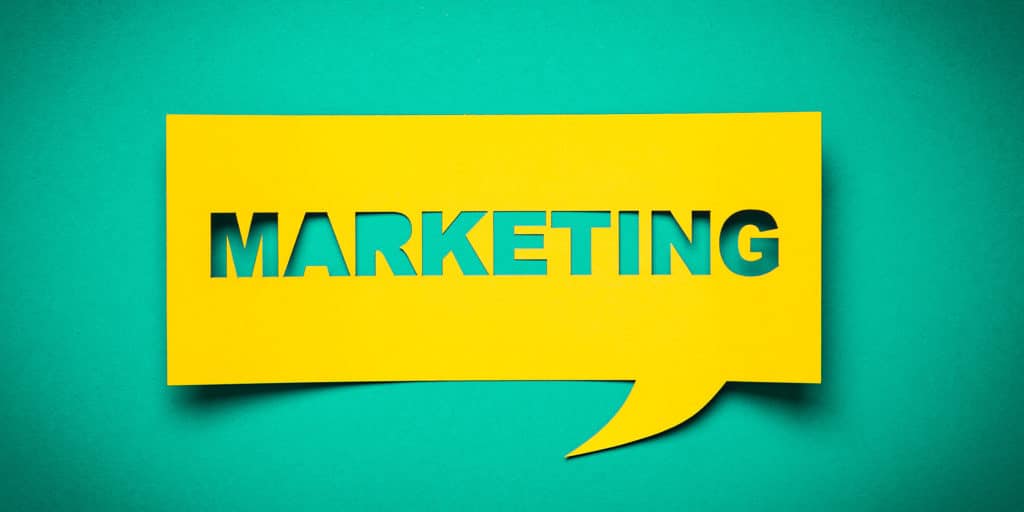As a general rule, today’s breed of entrepreneurs are inclined to accept and understand the importance of branding. This is particularly true among business-owners with a long-term vision of success, as opposed to others who have invested in a short-term solution for a fleeting consumer need.
Despite this, there remains some ambiguity as to why branding is so important to business success.
The same thing can be said about the marketing messages that reflect your brand, and the result of this is that businesses often spend thousands on promoting these values without ever really understanding how to measure their ROI. Make no mistake; however, a clearly defined brand and marketing message impacts positively on every area of your business, including sales conversion rates and annual turnover.
How Branding and Messaging can increase conversions
Optimising your businesses rate of sales conversions is a particularly precise and complicated science, where a series of small improvements can combine to create a cumulative impact. Websites that use https are more likely to have a higher search engine ranking and trust flow, for example, which in turn drives traffic and conversions in equal measure. Once you have addressed these and the other technical issues that can optimise your site for conversion, you can begin to focus on the quality of your branding and messaging.
With this in mind, here are three steps that you can take to leverage your brand and messaging to increase conversions: –
Ensure that your brand is consistent across all channels
If you have taken the time to clearly define your brand and establish its core values, the last thing you would ever want is to lose clarity across various marketing channels. This is why the consistency of your branding is so important, not just in terms of logos and colour palettes but also the tone that you use to address your customers.
Driving this consistency can be challenging, but there are at least some steps that you can follow. The most obvious is to create a single logo for your brand, ensuring that this is used across every online channel and offline publication. While specific fonts and graphical elements may need to be formatted to suit different platforms, you can at least ensure that they are used in a uniform manner for each outlet.
You should also look to humanise your brand, taking its values and prioritising them to create a persona that customers can get to know, like and trust. This process also creates a reference point for all marketing campaigns and communication pieces, as creatives can develop themes, text and graphics from the same foundation of knowledge. The humanisation of your brand also makes it easier to create a consistent tone of voice that captures the philosophy of your venture, which in turns helps to build trust and loyalty with consumers.
When combined, these small but significant steps not only build relationships but also create a simplified and more enjoyable customer journey that increases sales conversions.
Make sure that your messaging reflects the brand
While the tone, text and colours that you use to define your brand are crucial, the context of your messaging is also important. After all, what good is a consistent tone of voice and logo if you continue to send conflicting messages to customers?
Let’s say that you have a premium brand that is based on quality and innovation (think Dyson, for example). If your brand also has a premium aesthetic in terms of its colour palette and website design, imagine how confused customers will become if you spend your time communicating excessive discounts and promotional offers. While this type of messaging may make some sense in a competitive market, it is entirely contradictory to the values of your brand and the quality of the products (or service) that you are trying to sell.
This instantly creates distrust, as customers begin to question the disparity that exists between your premium branding, heavy discounts and promotional messaging. So in addition to ensuring that your brand and tone remain consistent, you must also create core messaging reflective of your values as a business.
Without this, you will most likely lose customers before the point of sale and experience a far higher bounce rate on your website.
Remember to invest in social Branding for your Business
Historically, the single biggest marketing message on a website took the form of a CTA (call-to-action). While a subtle and succinct CTA can still have a positive impact on your sales conversion rate (especially if it is visible without scrolling and located above the fold), there are other factors to consider in 2016.
Take the integration of social media with your website, for example, which is increasingly important given that an estimated 71% of consumers are now likely to make purchase decisions based on social media referrals. If you can seamlessly integrate social media icons and activity onto your retail site, you can capitalise on this and optimise sales conversions. So rather than prioritising the creation of a traditional CTA, it is crucial that you drive social branding and use channels such as Facebook, Twitter and Pinterest to engage customers and generate traffic.
The humanisation of your overarching brand will help across all social media channels, as you can use this persona to trigger conversations and engage customers. You should also look to embed social icons and twitter feeds on your website, creating a fluid network of followers and interested consumers around your brand.
As customers become increasingly immersed in your brand and its messaging, you will improve the quality of the traffic that is funnelled through your website and create a far higher rate of conversions!
Hopefully these tips will help you on your way, but feel free to let us know your thoughts below!
